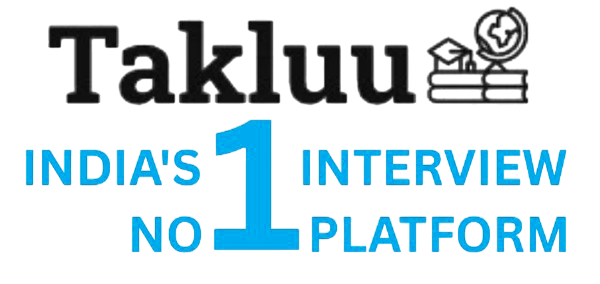Ques:- How do you define and manage document workflows in Alfresco
Asked In :-
Winsoft Technologies India Pvt. Ltd, Ziffity Solutions, Spadeworx Software Services, Dhruvsoft Services, Energytech Global, XIPHIAS Software Technologies, Codebox, AppItSimple Infotek Pvt Lmt, C E I India, AQM Technologies,
Right Answer:
In Alfresco, document workflows are defined using BPMN 2.0 process definitions. These definitions are managed and deployed via the Alfresco Process Services (APS) engine, often integrated with Alfresco Content Services (ACS). You can use tools like Activiti Designer to create the BPMN definitions, then deploy them to APS. In ACS, users can then initiate these workflows on documents, and tasks are managed through the Alfresco Share interface or custom applications using the Alfresco APIs.
In Alfresco, document workflows are defined using BPMN 2.0 process definitions. These definitions are managed and deployed via the Alfresco Process Services (APS) engine, often integrated with Alfresco Content Services (ACS). You can use tools like Activiti Designer to create the BPMN definitions, then deploy them to APS. In ACS, users can then initiate these workflows on documents, and tasks are managed through the Alfresco Share interface or custom applications using the Alfresco APIs.

